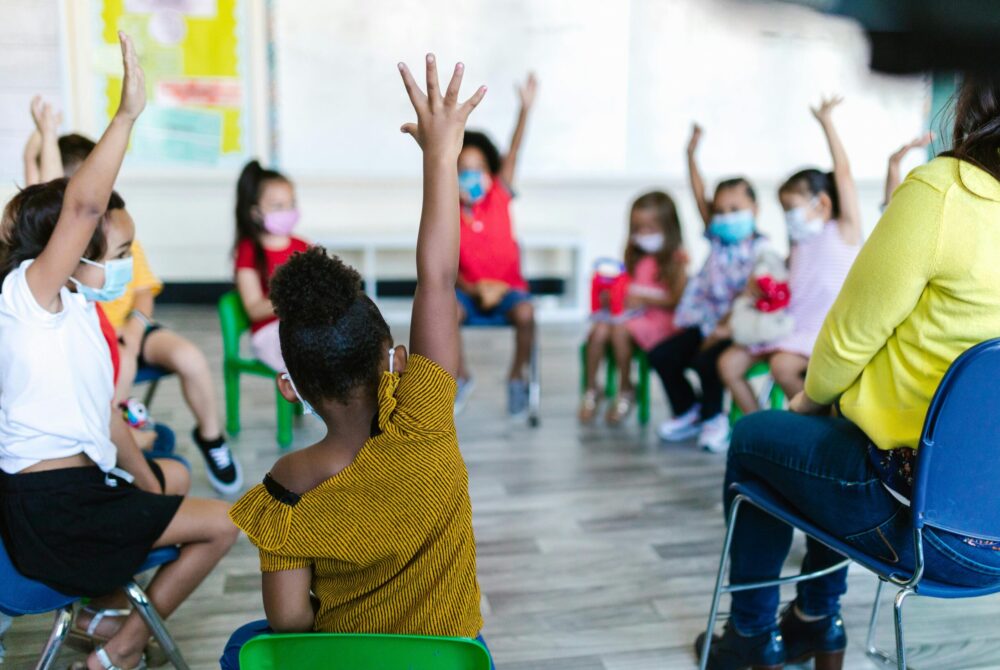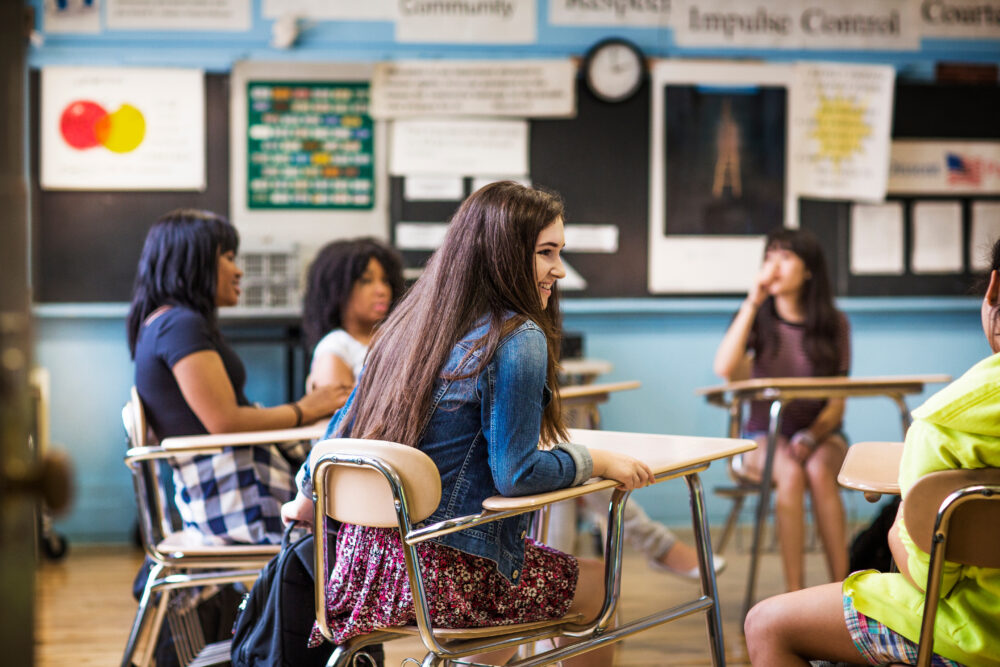Sustaining Progress for NYC Students: A Call to Action for Policy Makers
The January 2023 issue brief highlights the need for sustained investments to support education initiatives funded with one-time federal COVID-19 stimulus dollars after that funding expires.

Over the last two years, the New York City Department of Education (DOE) received an unprecedented infusion of more than $7 billion in federal stimulus funding, allowing the City to fund a number of critical education priorities. While some of this funding has been used for short-term expenses directly stemming from the pandemic — such as costs associated with reopening school buildings and accounting for the impact of lost instructional time — the DOE is also using these stimulus dollars to address student needs that existed long before the pandemic, many of which have historically been underfunded. Although the federal COVID-19 relief funds will run dry in October 2024, these ongoing needs will remain. Among other things, stimulus funding is currently being used to:
- Double 3-K enrollment and open new preschool special education classes to help address a longstanding shortage of seats for preschoolers with disabilities;
- Increase the number of community schools and expand access to summer enrichment programming;
- Hire 500 new school social workers, expand restorative justice practices, and enable every school building to have a nurse;
- Bolster supports for students with dyslexia, students with intensive sensory needs, and students living in homeless shelters; and
- Open new bilingual programs for English Language Learners and improve access to translation and interpretation services for immigrant families.
It will take more than $700 million per year to sustain new and expanded education initiatives that are making a difference for some of the City’s most marginalized students, and Advocates for Children of New York calls on elected officials at the local, state, and federal levels to start planning right away to identify funding to address this looming threat.
“We can’t turn back on the progress made. Our school system is all too quickly approaching a steep fiscal cliff, and we need our elected leaders to start planning now so that in fall of 2024, schools are not forced to excess social workers and other critical staff and students who rely on these programs do not have the rug pulled out from under them. New York City students are counting on policy makers at the city, state, and federal levels to work together to ensure our schools have the resources they need to avoid taking a massive step backwards in the instruction and services they provide.”
Kim Sweet, Executive Director of Advocates for Children of New York
-
View the press release as a PDF
January 20, 2023
Media Coverage
-
Expansion of preschool special education programs at risk as stimulus dollars dry up
-
NYC is using one-time COVID money for a lot of education programs. What happens when it dries up?
-
NYC schools initiatives face $700M gap as federal COVID funding dries up


